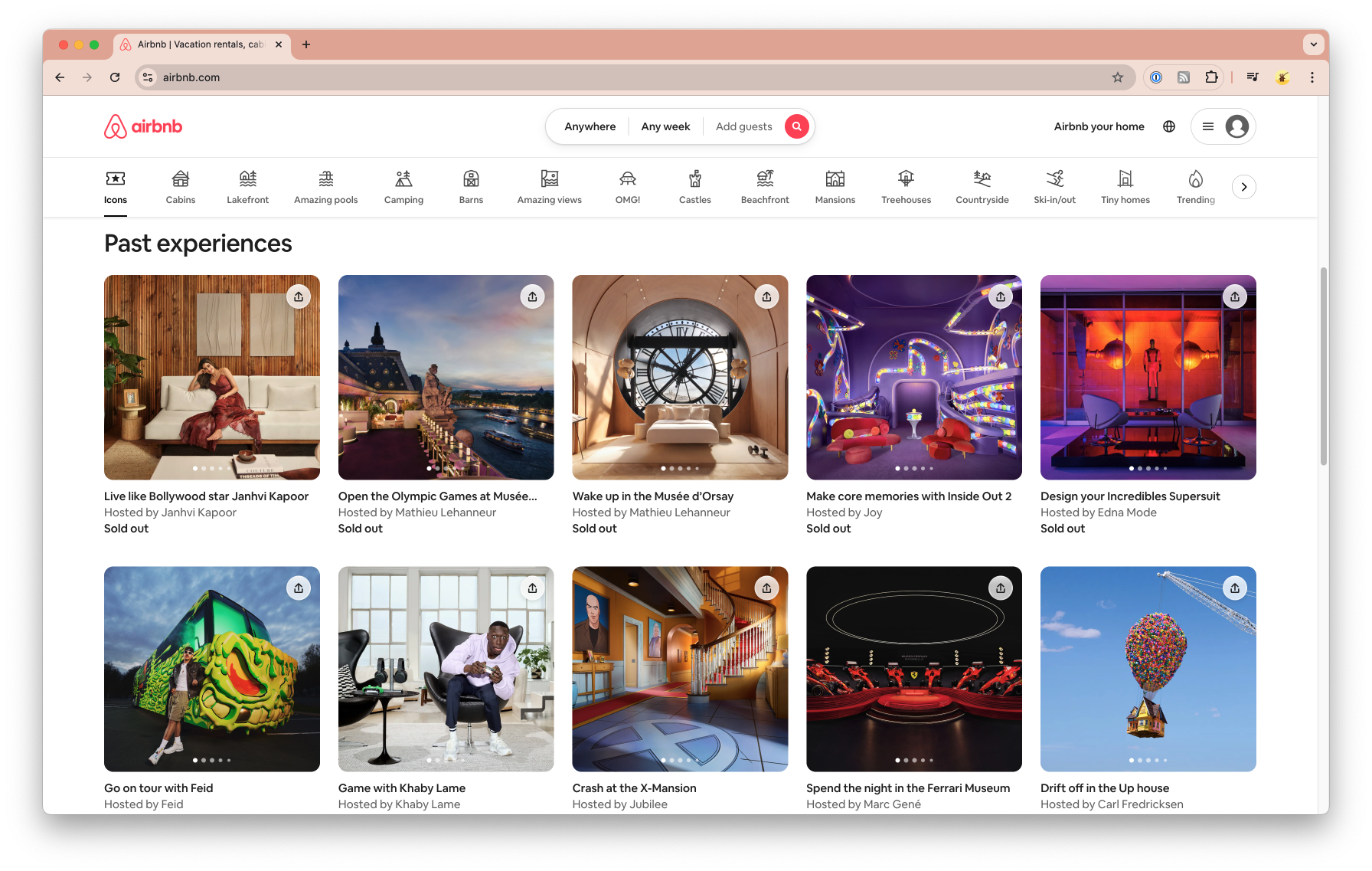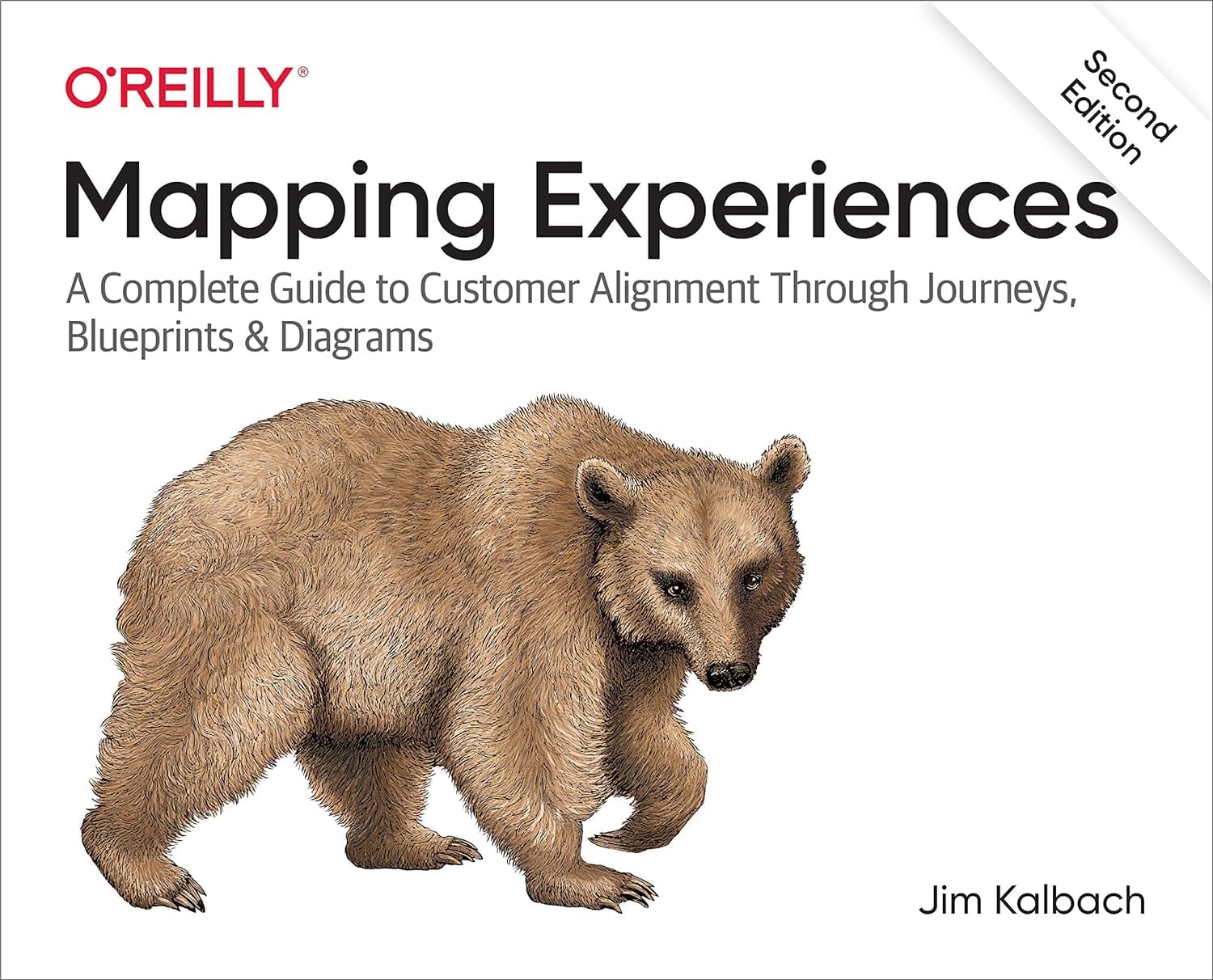Tools of the Trade: Customer Journey Mapping

Welcome to the latest edition of Tools of the Trade, where we dive deep into essential tools and methodologies that can help turn your startup ideas into reality. This week, we're focusing on an invaluable tool for understanding your customers better: Customer Journey Mapping.
Building on our previous edition on the Lean Canvas, Customer Journey Mapping complements your business model by ensuring your product or service truly resonates with your target audience at every stage of their journey.
Plus, don't miss our curated resources at the end—templates, books, and more to help you master Customer Journey Mapping and elevate your startup's customer experience.
What is Customer Journey Mapping?
Customer Journey Mapping is a visual representation of the steps a customer takes from first encountering your brand to becoming a loyal customer. It helps you see things from your customer's perspective, revealing pain points, needs, and opportunities for improvement. A good Customer Journey Map covers all stages of the customer experience, from awareness and consideration to purchase and post-purchase.
Why It's Essential for Startups:
Empathy and Insight: Understand your customers' experiences and identify what drives them to choose your product or service.
Optimization: Pinpoint pain points and opportunities for improvement to create a more seamless and engaging customer experience.
Alignment: Helps different departments (e.g., marketing, sales, product development) align around the customer's needs, ensuring a cohesive experience.
Measuring Success: To gauge the effectiveness of your Customer Journey Mapping efforts, track these key metrics:
- Customer Satisfaction Score (CSAT)
- Net Promoter Score (NPS)
- Customer Retention Rate
- Conversion Rate at each journey stage
- Customer Lifetime Value (CLV)
Breaking Down Customer Journey Mapping:
Let's walk through the core components of a Customer Journey Map and how you can use them to strengthen your customer experience:
- Awareness Stage:
- Goal: Understand how potential customers first learn about your brand.
- Focus Areas: Channels (e.g., social media, search engines), messaging, and customer motivations.
- Example Prompt: Where does your target customer spend time online, and what content grabs their attention?
- Consideration Stage:
- Goal: Identify what factors customers consider when evaluating your product or service.
- Focus Areas: Product comparisons, reviews, features, and benefits.
- Example Prompt: What concerns or questions do potential customers have when comparing your product to competitors?
- Decision Stage:
- Goal: Understand what ultimately drives a customer to make a purchase decision.
- Focus Areas: Purchase channels (online vs. in-store), ease of purchase, pricing, and promotional offers.
- Example Prompt: What convinces your target customer to hit the "Buy Now" button?
- Post-Purchase Stage:
- Goal: Ensure customers are satisfied and encourage repeat purchases or referrals.
- Focus Areas: Customer support, follow-up communication, and loyalty programs.
- Example Prompt: How do you follow up with customers post-purchase to ensure satisfaction and encourage them to become repeat buyers?
- Retention and Advocacy Stage:
- Goal: Turn satisfied customers into loyal advocates who promote your brand.
- Focus Areas: Engagement strategies, referral programs, and community building.
- Example Prompt: What are you doing to turn happy customers into brand advocates who spread the word about your product or service?
Industry-Specific Examples: Customer Journey Mapping can vary significantly across industries. For instance:
- SaaS: Focus on onboarding, feature adoption, and renewal stages.
- E-commerce: Emphasize pre-purchase research, cart abandonment, and post-purchase support.
- B2B Services: Highlight longer decision-making processes and ongoing client relationships.
Case Study: Airbnb

When Airbnb first started, it wasn't the giant it is today. The founders focused on understanding their customers' journey—both hosts and travelers—through detailed mapping exercises. Here's how they did it:
- Awareness Stage: Airbnb targeted early adopters looking for unique and affordable travel experiences. They leveraged digital marketing channels like Google Ads and travel blogs to capture attention.
- Consideration Stage: They identified that safety and trust were significant concerns for both hosts and guests. To address this, they introduced features like user reviews, host verification, and a secure payment system.
- Decision Stage: The decision to book on Airbnb often hinged on ease of use. They streamlined the booking process with clear listings, filters, and a straightforward interface, making it easy for users to find the right accommodation.
- Post-Purchase Stage: Airbnb ensured that guests had a great experience by encouraging hosts to provide personalized local recommendations and excellent hospitality. Follow-up emails and a user-friendly support system helped resolve any issues quickly.
- Retention and Advocacy Stage: By creating a community of travelers and hosts who share their stories and experiences, Airbnb turned satisfied users into loyal advocates. They also implemented a referral program that incentivized users to invite friends and family to join the platform.
Outcome: Airbnb's commitment to understanding the entire customer journey allowed them to refine their product and build a platform that catered to both travelers and hosts, contributing to their rapid growth and market dominance.
Key Takeaway: Airbnb's success demonstrates how Customer Journey Mapping can help startups optimize their customer experience at every stage, leading to higher satisfaction, retention, and growth.
Pro Tips for Using Customer Journey Mapping:
- Involve the Whole Team: Different departments will have unique insights into various stages of the customer journey.
- Use Real Customer Feedback: Gather data from customer interviews, surveys, and support tickets to make the map as accurate as possible.
- Keep It Updated: As your product and market evolve, your customer journey map should too. Regularly revisit and revise it.
- Identify Quick Wins: Use the map to spot easy, high-impact changes that can improve the customer experience immediately.
- Visualize It: A clear, visual representation can be more impactful than a lengthy document. Use diagrams or infographics to communicate your findings.
Common Pitfalls to Avoid:
- Focusing solely on positive experiences and ignoring pain points.
- Creating a map based on assumptions rather than real customer data.
- Overlooking emotional aspects of the customer journey.
- Failing to act on the insights gained from the mapping process.
Future Trends in Customer Journey Mapping:
As technology evolves, so does Customer Journey Mapping. Emerging trends include:
- AI-powered predictive journey mapping
- Integration of voice and IoT device interactions
- Virtual and Augmented Reality experiences in the customer journey
- Real-time journey analytics and optimization
Recommended Resources:

Mapping Experiences by Jim Kalbach
A comprehensive guide to understanding your customers' needs and designing experiences that delight them.
Tool Recommendations:
👉 Miro: Collaborative online whiteboard with journey mapping templates
👉 UXPressia: Dedicated customer journey mapping software
👉 Smaply: Tool for creating persona-based journey maps
Stay tuned for our next edition, where we'll dive into another essential tool: Customer Discovery Interviews. Whether you're just starting out or looking to refine your strategy, these tools can make a world of difference.
Stay curious and keep innovating,
Steve
Member discussion